While America’s famous beach destinations attract crowds with boardwalks and resort towers, countless coastal gems remain refreshingly uncrowded. These smaller seaside communities offer authentic local culture, stunning natural settings, and the increasingly rare opportunity to enjoy ocean views without fighting for beach space or dinner reservations.
Here is a list of 20 charming coastal towns across America that still fly under the mass tourism radar. Each offers its own distinctive blend of maritime character and peaceful shorelines.
Damariscotta, Maine
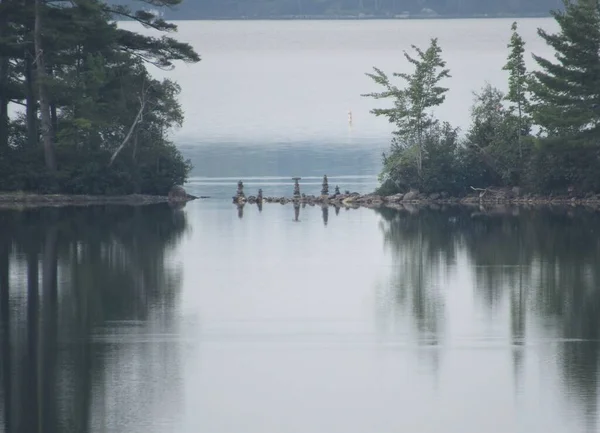
This working harbor town along the Damariscotta River estuary focuses on oyster cultivation rather than tourist amenities, creating an authentic coastal experience just 12 miles from the Atlantic Ocean. The town’s perfectly preserved 19th-century brick commercial buildings house independent bookstores, pottery studios, and seafood markets selling the morning’s catch.
Local aquaculture farms produce prized Damariscotta River oysters with distinctive mineral notes reflecting the region’s unique tidal patterns and cold, clean waters.
Westport, Washington
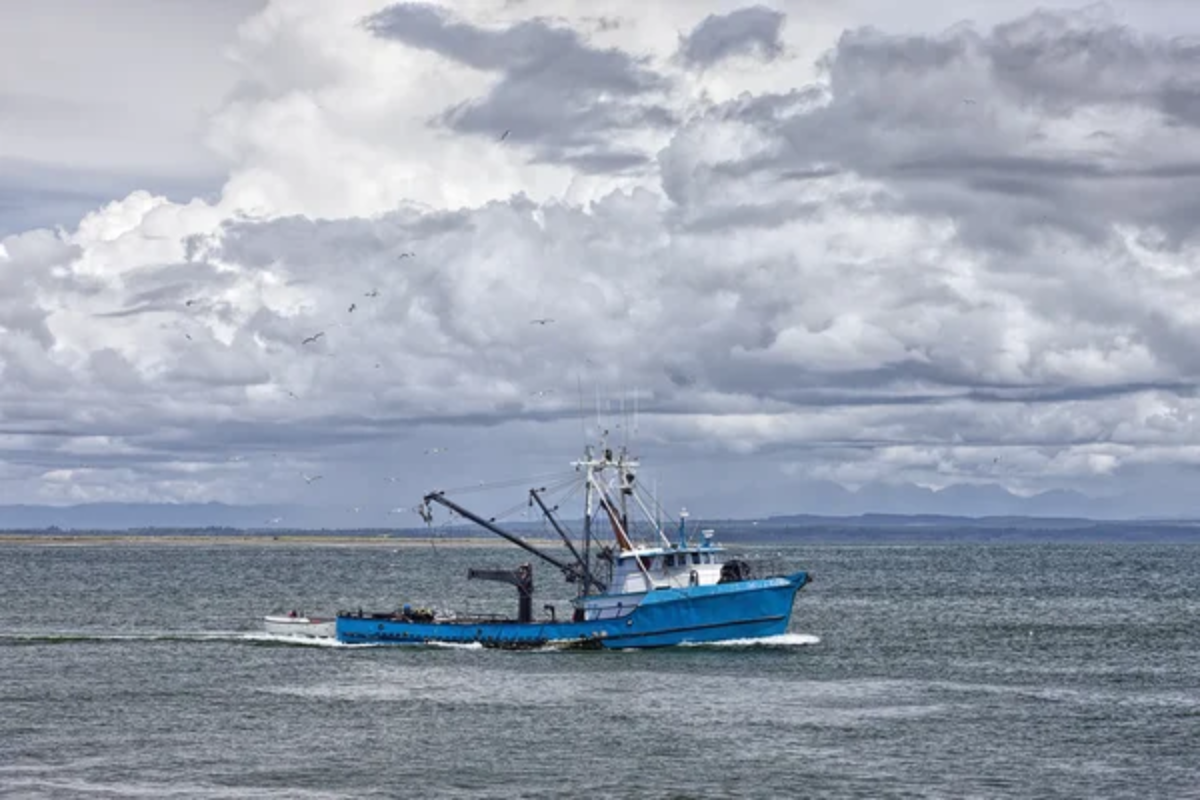
This unpretentious fishing town on Washington’s southern coast maintains its working waterfront despite being just 70 miles from Olympic National Park. The marina hosts the state’s largest commercial fishing fleet, with seafood processing facilities that supply fresh catch to the handful of casual restaurants serving remarkably affordable seafood plates.
Miles of undeveloped beaches stretch from the functioning lighthouse at Grays Harbor to the wilderness coastline of Shoalwater Bay, attracting surfers who appreciate the consistent breaks without the Californian crowds.
Like Travel Pug’s content? Follow us on MSN.
Bandon, Oregon
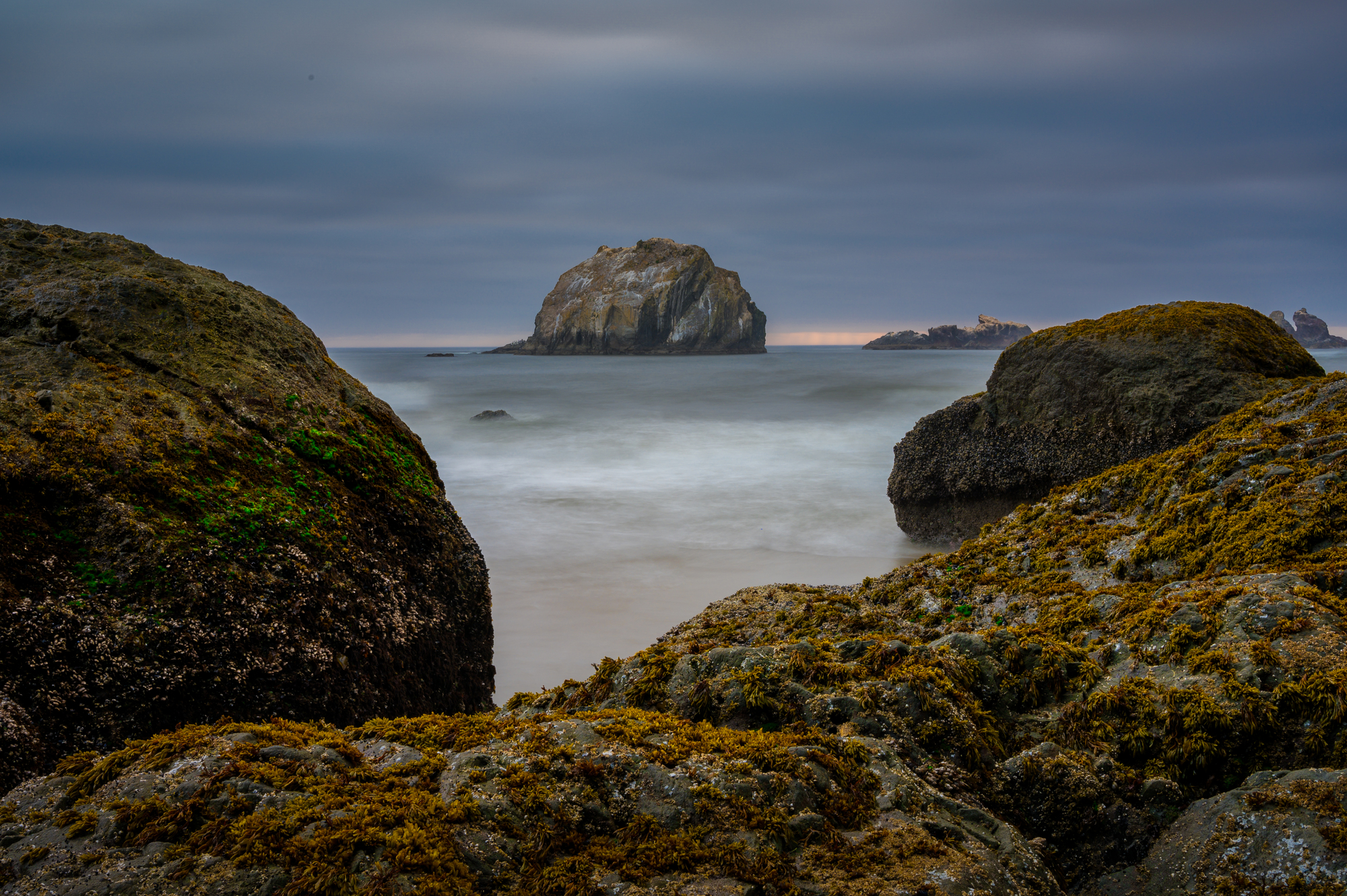
This small town along Oregon’s southern coast balances natural beauty with artistic sensibility, creating a distinctive character miles away from the state’s more visited northern beaches. The dramatic sea stack formations offshore create a photographer’s paradise, particularly at Face Rock State Scenic Viewpoint, where the distinctive profile resembling a human face gazes skyward from the Pacific.
Local cranberry bogs produce berries for the town’s signature jam operations, while the nearby Coquille River lighthouse stands sentinel over the harbor entrance where fishing boats still outnumber pleasure craft.
Port Orford, Oregon

America’s only port where boats are lowered into the water by crane rather than floating in a protected harbor, this distinctive town sits where forest meets ocean along Oregon’s least developed coastline. The town’s elevation provides panoramic Pacific views from almost anywhere, with Battle Rock Park offering dramatic vistas from 100-foot cliffs above crashing waves.
Local galleries display work from a surprisingly vibrant arts community attracted by the town’s dramatic setting and clear northern light—rarely found along foggier stretches of coast.
Langley, Washington
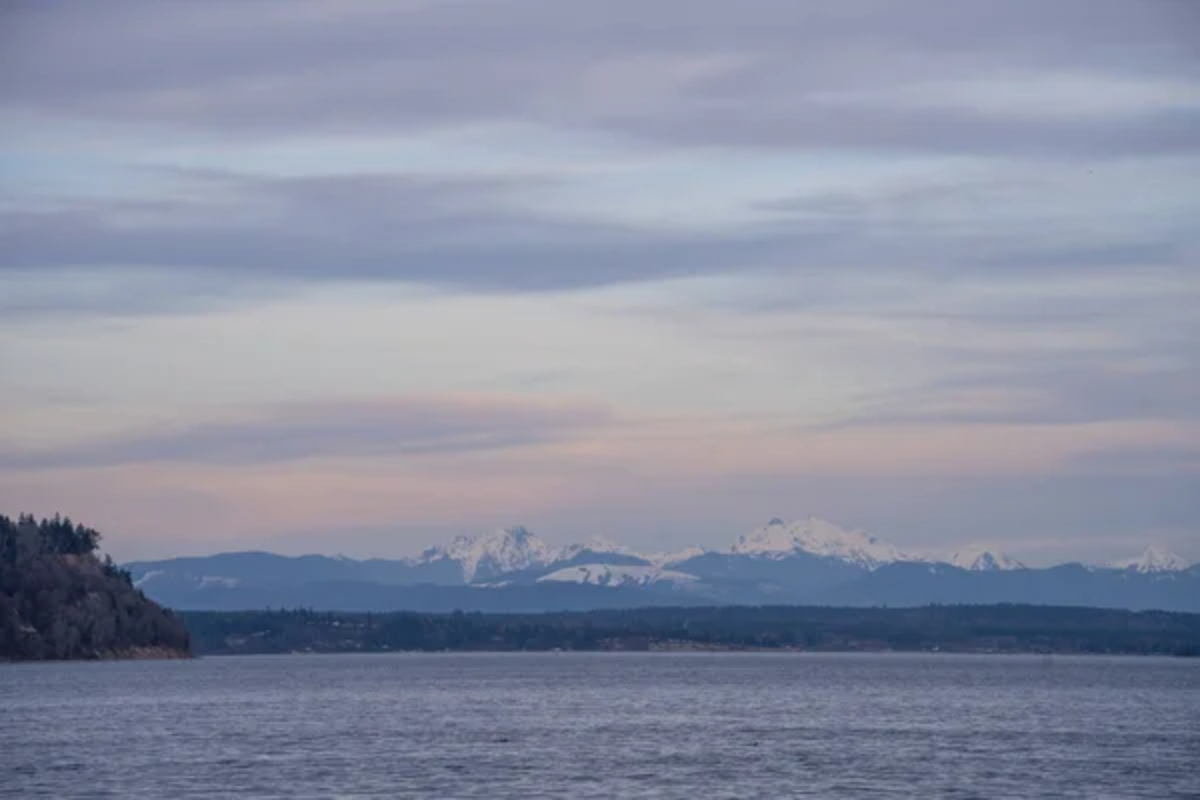
Perched on the eastern shore of Whidbey Island in Puget Sound, this small arts-focused community provides a peaceful alternative to Seattle’s busy waterfronts just 30 miles away. The town’s position on Saratoga Passage creates a distinctive island feeling despite being connected to the mainland by bridge, with resident orcas and gray whales regularly visible from shoreline parks.
Small production wineries and farm-to-table restaurants showcase island-grown ingredients without the crowds common to more heavily marketed wine regions.
Like Travel Pug’s content? Follow us on MSN.
Port Townsend, Washington

This Victorian seaport at the northeastern tip of the Olympic Peninsula maintains one of America’s finest collections of 19th-century architecture thanks to early economic booms and subsequent busts that prevented modernization. The town’s working boatyards still build and repair wooden vessels using traditional techniques, with the renowned Wooden Boat Festival each September drawing craftspeople rather than typical tourists.
Twin historic districts—one along the waterfront and another on the bluff above—create distinct neighborhoods connected by the picturesque ‘Uptown-Downtown’ staircase offering sweeping views across Admiralty Inlet.
Apalachicola, Florida
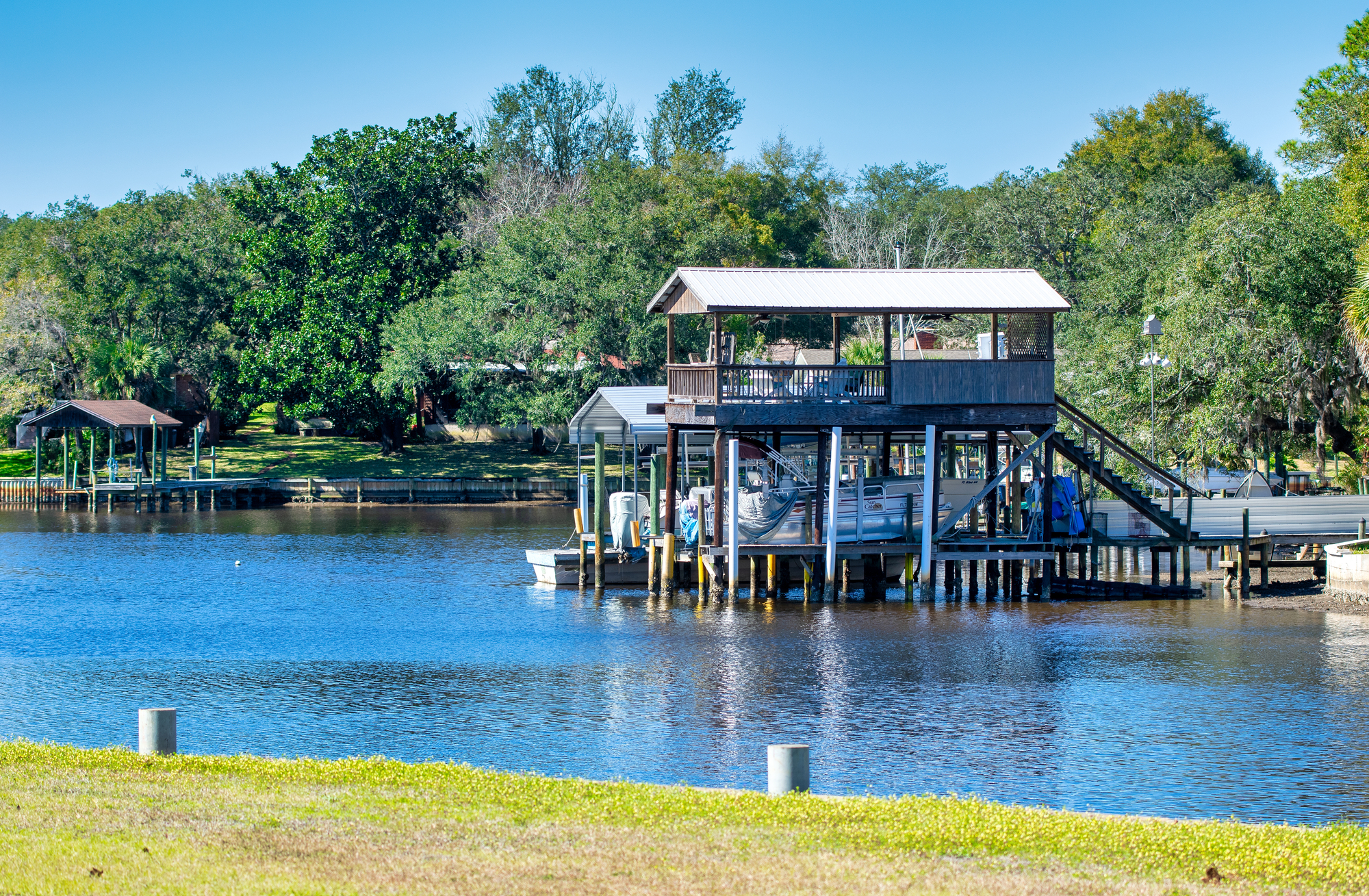
This authentic fishing community in Florida’s Forgotten Coast region focuses on oyster and shrimp harvesting rather than developing beachfront high-rises or tourist attractions. The town’s grid of tree-lined streets contains over 900 historic structures, including distinctive tin-roofed warehouses converted to working studios for artisans drawn by affordable space and maritime atmosphere.
The surrounding Apalachicola Bay produces some of America’s most prized oysters, served in simple local establishments where plastic bibs and saltine crackers accompany platters of half-shells harvested that morning.
Beaufort, North Carolina

Not to be confused with its South Carolina namesake, this 300-year-old port town maintains its historic character through preservation rather than recreation, with genuine maritime traditions still visible along Taylor’s Creek. The town’s position next to Cape Lookout National Seashore ensures miles of undeveloped beaches within easy reach, while the nearby Rachel Carson Reserve protects 2,315 acres of pristine salt marsh.
The North Carolina Maritime Museum displays artifacts from Blackbeard’s flagship Queen Anne’s Revenge, discovered offshore where the pirate met his demise in 1718.
Like Travel Pug’s content? Follow us on MSN.
Rockport, Texas
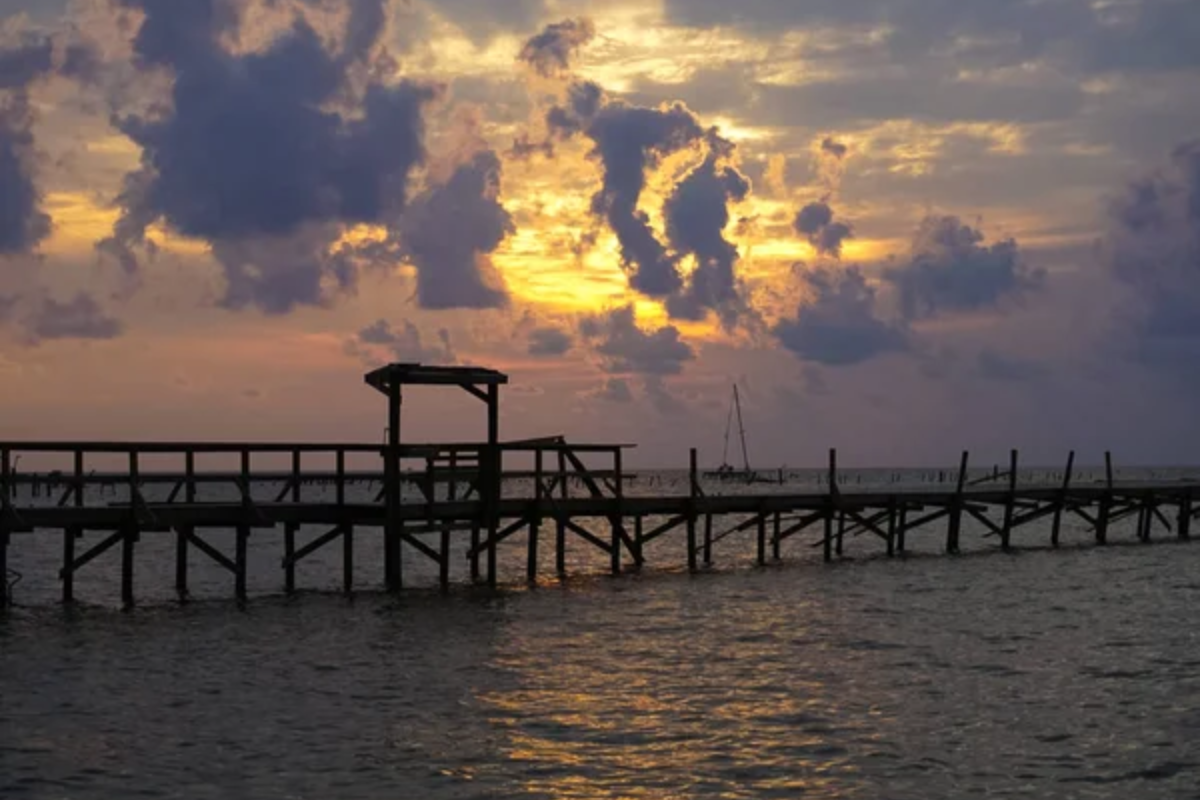
This artistic community along Texas’s Coastal Bend region rebuilt thoughtfully after Hurricane Harvey, maintaining its small-town character despite proximity to larger Corpus Christi. The town’s location on Aransas Bay makes it a premier destination for birdwatching rather than beach parties, with the winter population of endangered whooping cranes drawing naturalists instead of spring breakers.
The distinctive Texas Maritime Museum tells the story of Gulf Coast seafaring through interactive exhibits focused on both commercial and recreational maritime activities that are central to regional identity.
Bay St. Louis, Mississippi
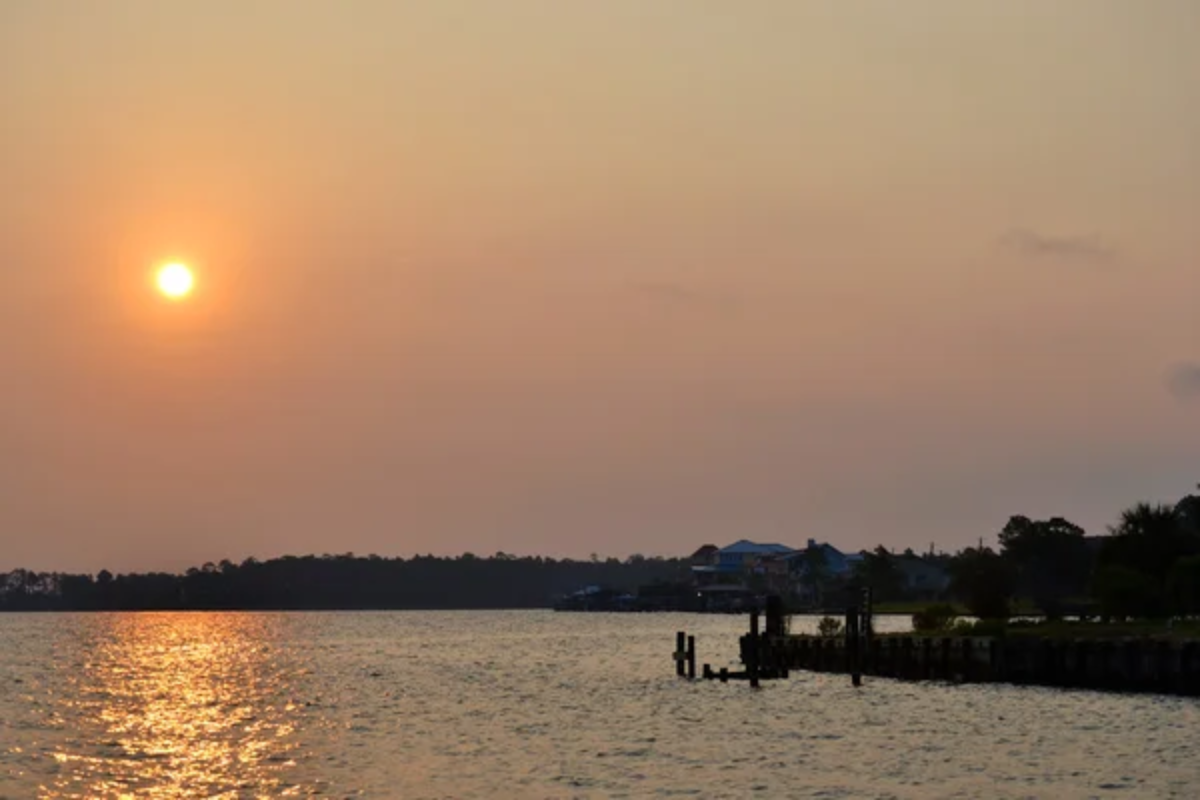
This resilient Gulf Coast town meticulously rebuilt its historic districts after Hurricane Katrina while maintaining the genuine character that makes it distinctly different from nearby casino developments. The town’s position on the western shore of Bay St. Louis creates a sheltered harbor for fishing vessels and modest pleasure craft, with the longest man-made beach in the world stretching 26 miles from the town’s edge.
Local artists converted many historic Creole cottages into working studios and galleries, creating an authentic arts community rather than the manufactured cultural districts found in more heavily developed coastal areas.
Chincoteague, Virginia

This island community, adjacent to Assateague Island National Seashore, focuses on oyster farming and the famous wild ponies rather than developing conventional beach attractions. The town’s working waterfront accommodates both commercial fishing vessels and recreational clammers, with seafood markets selling catch direct from boats still covered in bay mud.
The island’s position as a gateway to protected barrier islands creates a natural limit on development, preserving the small-town atmosphere despite the region’s growing popularity with day-trippers from larger mid-Atlantic cities.
Like Travel Pug’s content? Follow us on MSN.
Stonington, Connecticut

This peninsula village projecting into Little Narragansett Bay houses Connecticut’s last commercial fishing fleet while maintaining an exceptionally well-preserved historic district. The town’s position between New York and Boston paradoxically protected it from overdevelopment, as wealthier coastal communities absorbed speculative building pressure.
Portuguese fishing families maintain multigenerational traditions alongside historic sea captain homes, creating an authentic cultural mix rarely found in more homogenized coastal towns. The nearby Stonington Vineyards produces wines from grapes grown in the microclimate created by Long Island Sound’s moderating influence.
Florence, Oregon
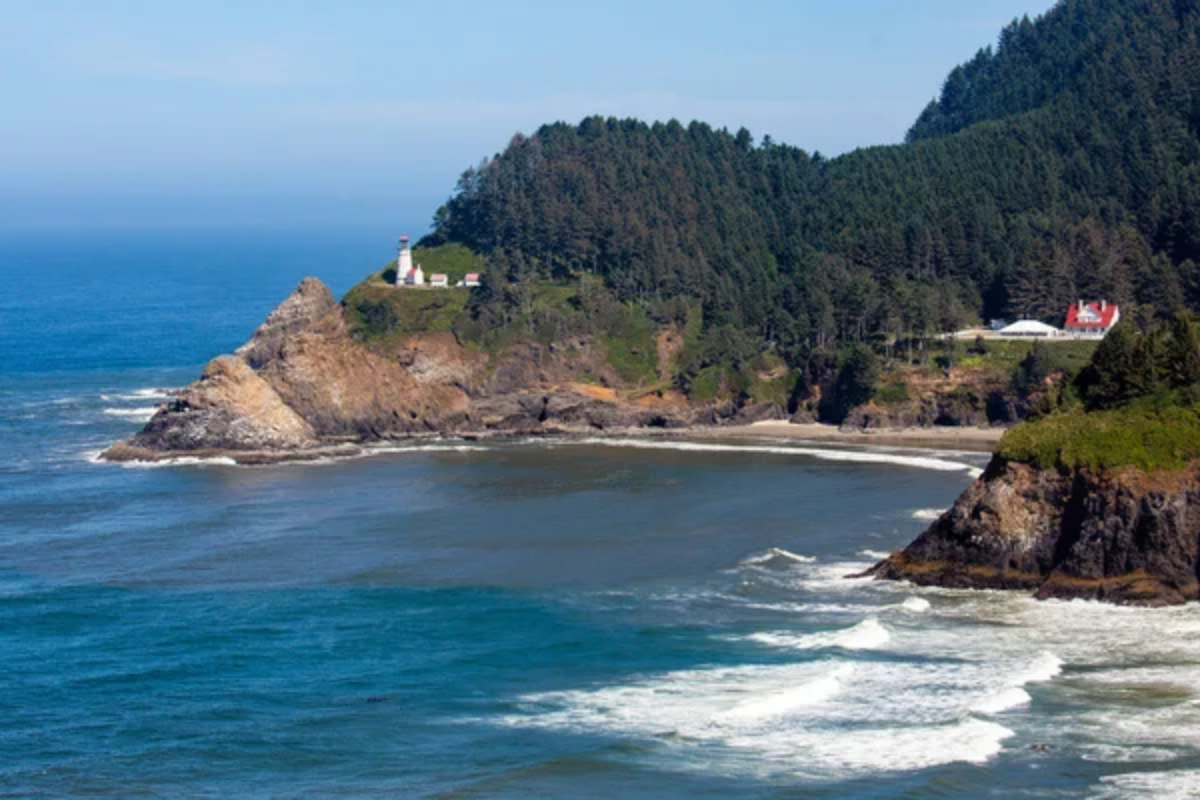
This working port town at the mouth of the Siuslaw River maintains its authentic character despite being surrounded by the spectacular Oregon Dunes National Recreation Area. The town’s historic Old Town district survived urban renewal projects that damaged many similar communities, leaving intact a distinctive collection of art deco buildings now housing galleries and restaurants serving locally harvested seafood.
The functioning port still supports commercial fishing operations while the nearby dunes—some reaching 500 feet high—attract adventure seekers without the commercial development found at other dune destinations.
Lubec, Maine
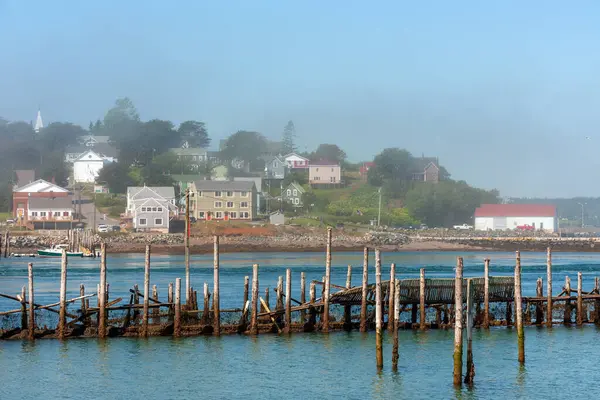
America’s easternmost town sits on a peninsula reaching toward Canada’s Campobello Island, creating a distinctive international atmosphere miles from major population centers. The town’s position on the Bay of Fundy provides dramatic 20-foot tidal shifts that transform the shoreline twice daily, with walkable ocean floor during low tide and swift-flowing channels during high tide.
The distinctive red-and-white striped West Quoddy Head Lighthouse stands sentinel on the easternmost point of the United States, with hiking trails through spruce forests leading to dramatic cliffs overlooking Grand Manan Channel.
Like Travel Pug’s content? Follow us on MSN.
Port Royal, South Carolina
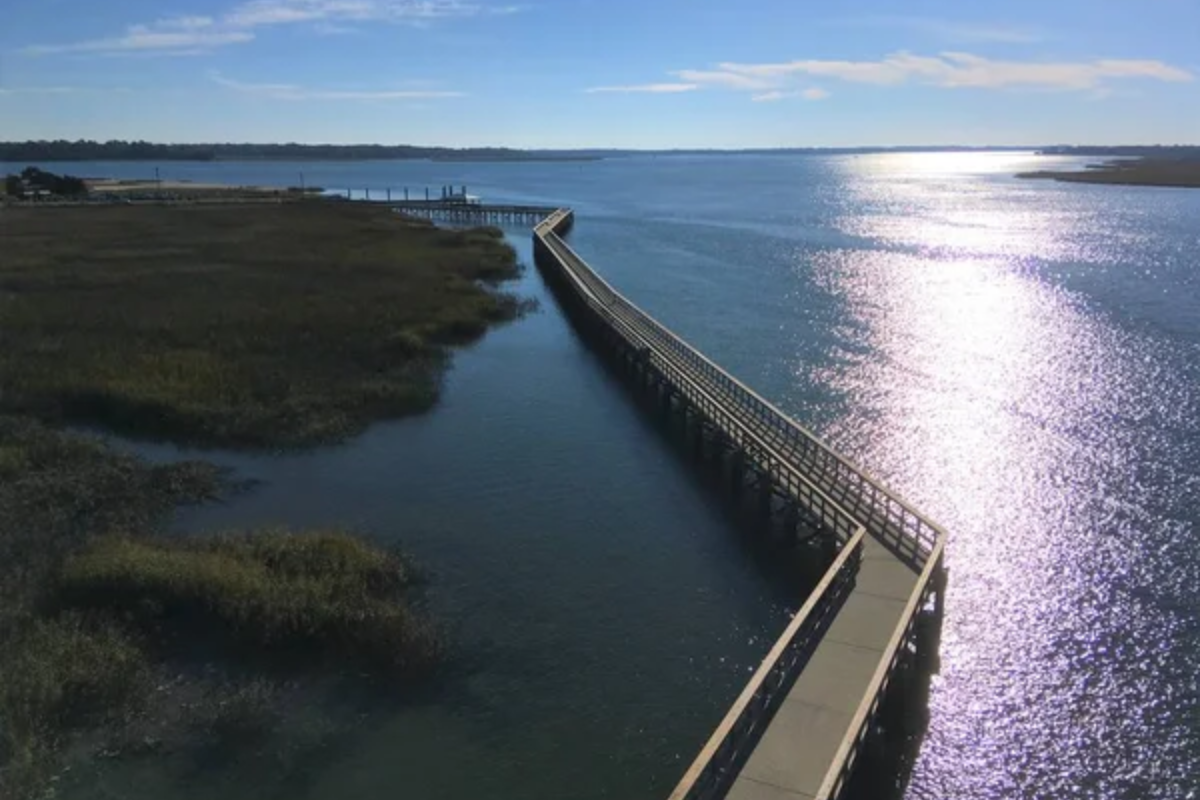
This small town on Port Royal Sound maintains its distinctive Lowcountry character despite proximity to more heavily developed Hilton Head Island, just 30 minutes away. The town’s Cypress Wetlands preserve in the middle of the historic district provides habitat for herons, egrets, and alligators while offering visitors boardwalk access through pristine coastal ecosystems.
The distinctive shrimp boats lining the docks at the end of Paris Avenue supply local restaurants with Atlantic white shrimp, prepared according to traditional Gullah recipes passed down through generations of sea island families.
Bayfield, Wisconsin
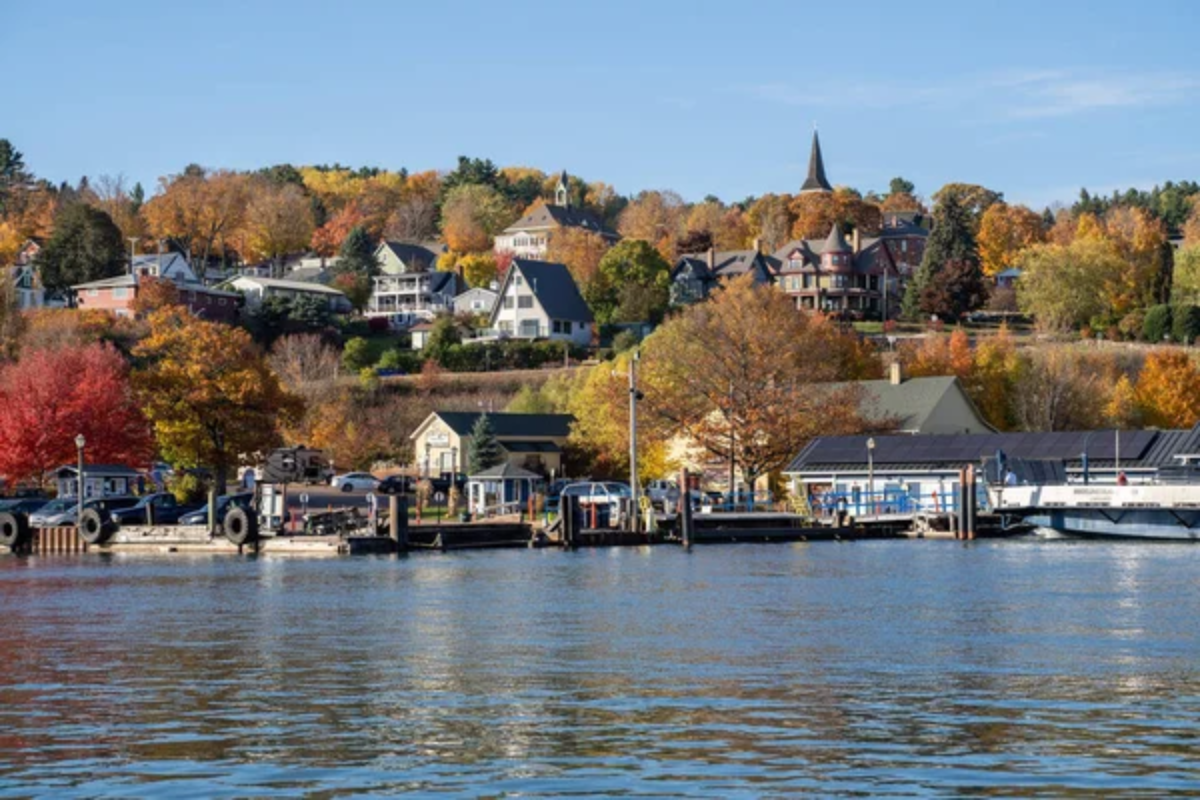
This Lake Superior harbor town serves as a gateway to the Apostle Islands National Lakeshore while maintaining its distinctive northern maritime character, nearly 500 miles from the nearest ocean. The town’s position on the largest freshwater lake in the world creates a coastal experience with distinctive characteristics—crystal clear waters, no salt corrosion, and no tides—alongside traditional maritime architecture and harbor facilities.
Local orchards producing apples and cherries thrive in the microclimate created by Lake Superior’s thermal mass, celebrated during harvest festivals that attract regional visitors rather than national crowds.
Like Travel Pug’s content? Follow us on MSN.
Cape Charles, Virginia
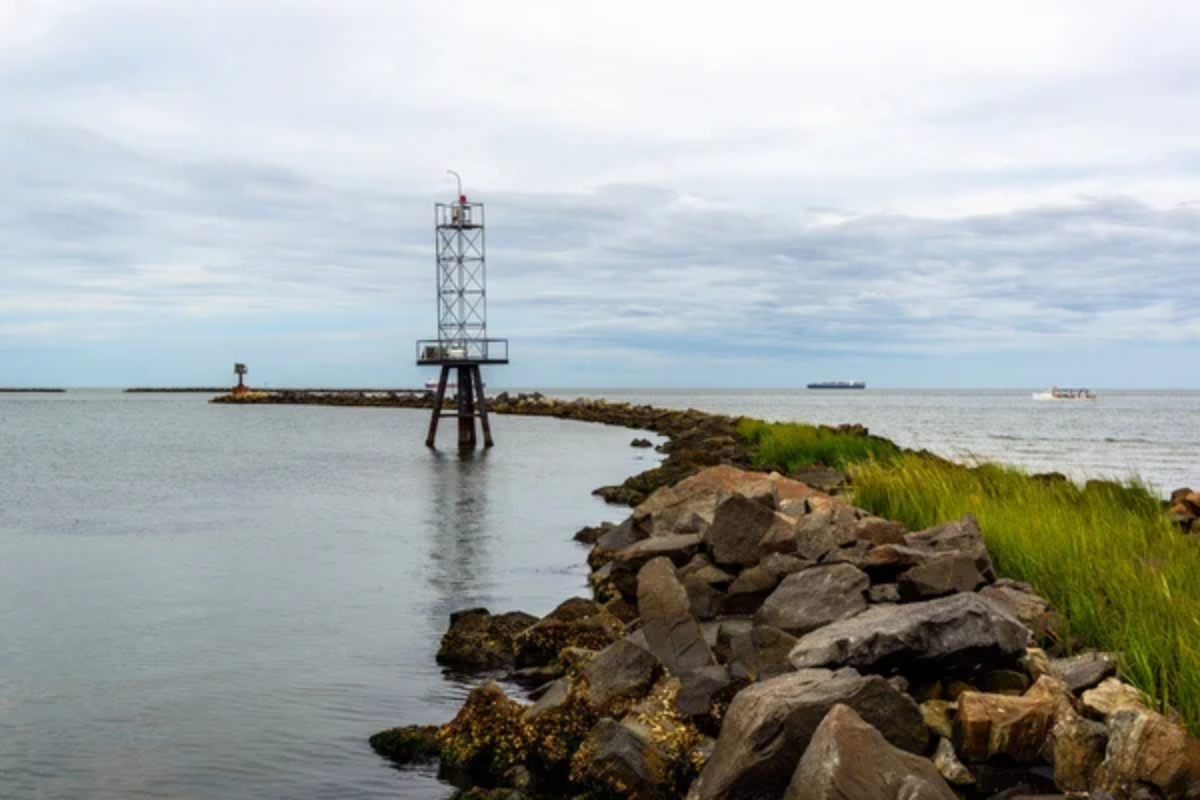
This Chesapeake Bay town on Virginia’s Eastern Shore features one of the largest collections of late-Victorian and turn-of-the-century buildings on the East Coast, preserved rather than reconstructed. The town’s mile-long public beach offers calm, shallow waters with extraordinary sunset views across the Chesapeake toward the western horizon.
The natural harbor still supports commercial watermen harvesting blue crabs and oysters from surrounding waters. At the same time, the nearby Eastern Shore of Virginia National Wildlife Refuge protects critical migratory bird habitat at the tip of the Delmarva Peninsula.
Gualala, California
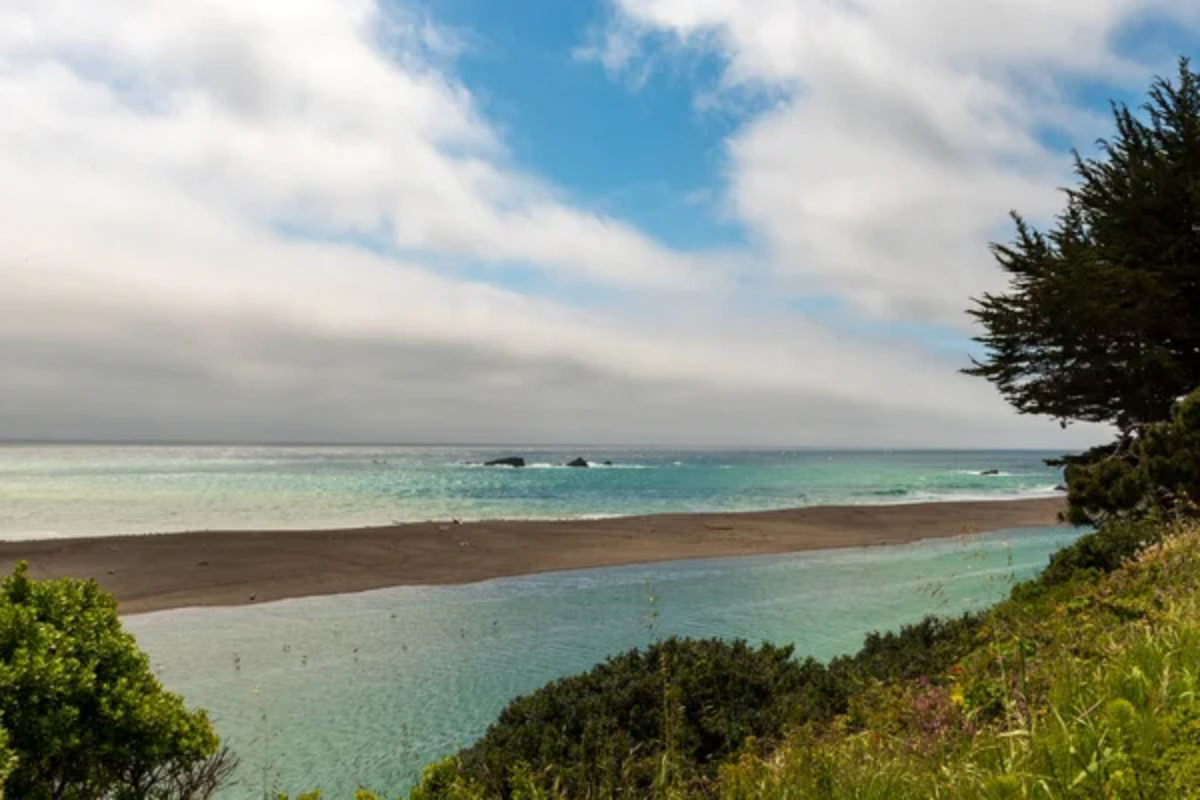
This unincorporated community along Highway 1 in Mendocino County preserves authentic coastal character, which is increasingly rare along California’s desirable shoreline. The town’s name derives from the Pomo indigenous word for ‘water coming down place,’ referencing the river meeting the Pacific at extraordinary beaches, largely empty even during summer months.
The nearby Sea Ranch community established groundbreaking environmental design principles that influenced coastal development throughout California, with buildings designed to integrate with rather than dominate the landscape.
Cedar Key, Florida
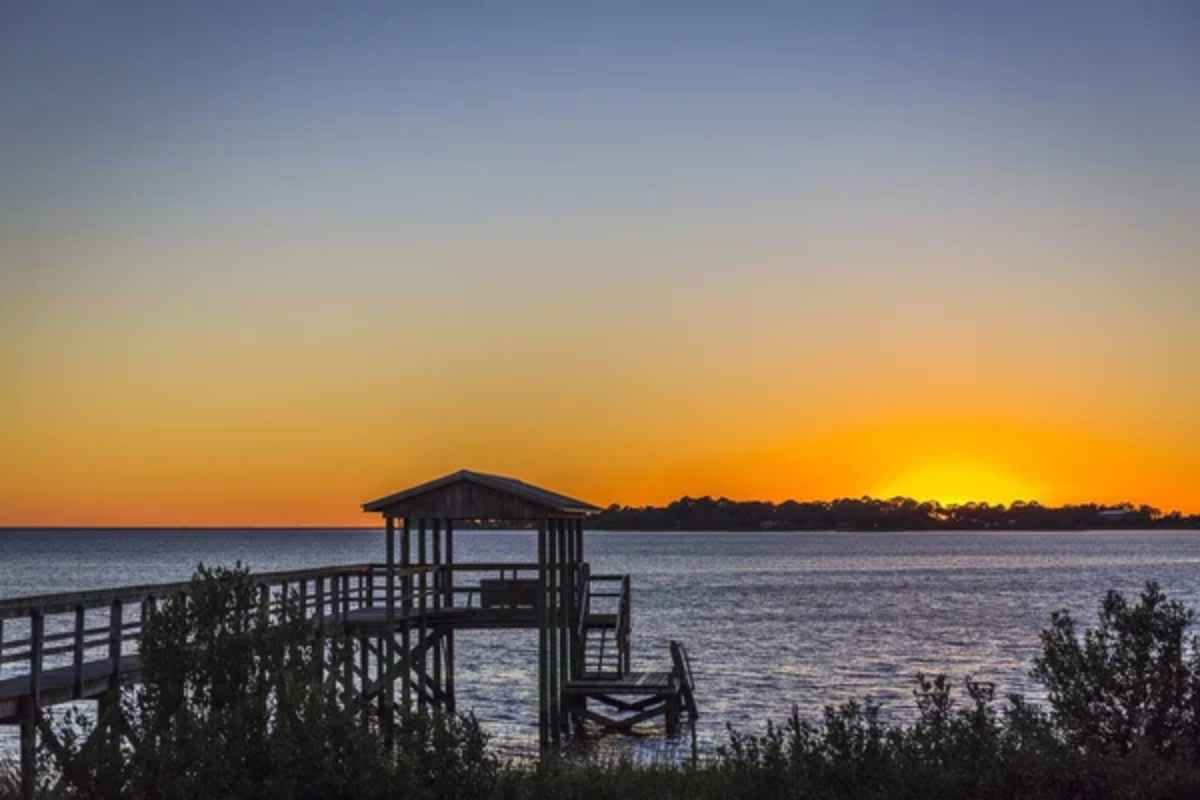
This cluster of small islands in the Gulf of Mexico lies 4 miles offshore, connected to mainland Florida by a single bridge that helps limit development and preserve the distinctive atmosphere of an earlier Florida era. The town’s economy centers on clam aquaculture rather than tourism infrastructure, with more working boats than recreational vessels in the harbor.
Historic wood-frame buildings along Dock Street house unpretentious seafood restaurants where the day’s catch arrives directly from boats visible through waterfront windows, creating genuinely fresh seafood experiences increasingly rare in more commercial destinations.
Like Travel Pug’s content? Follow us on MSN.
Discovering America’s Hidden Shores
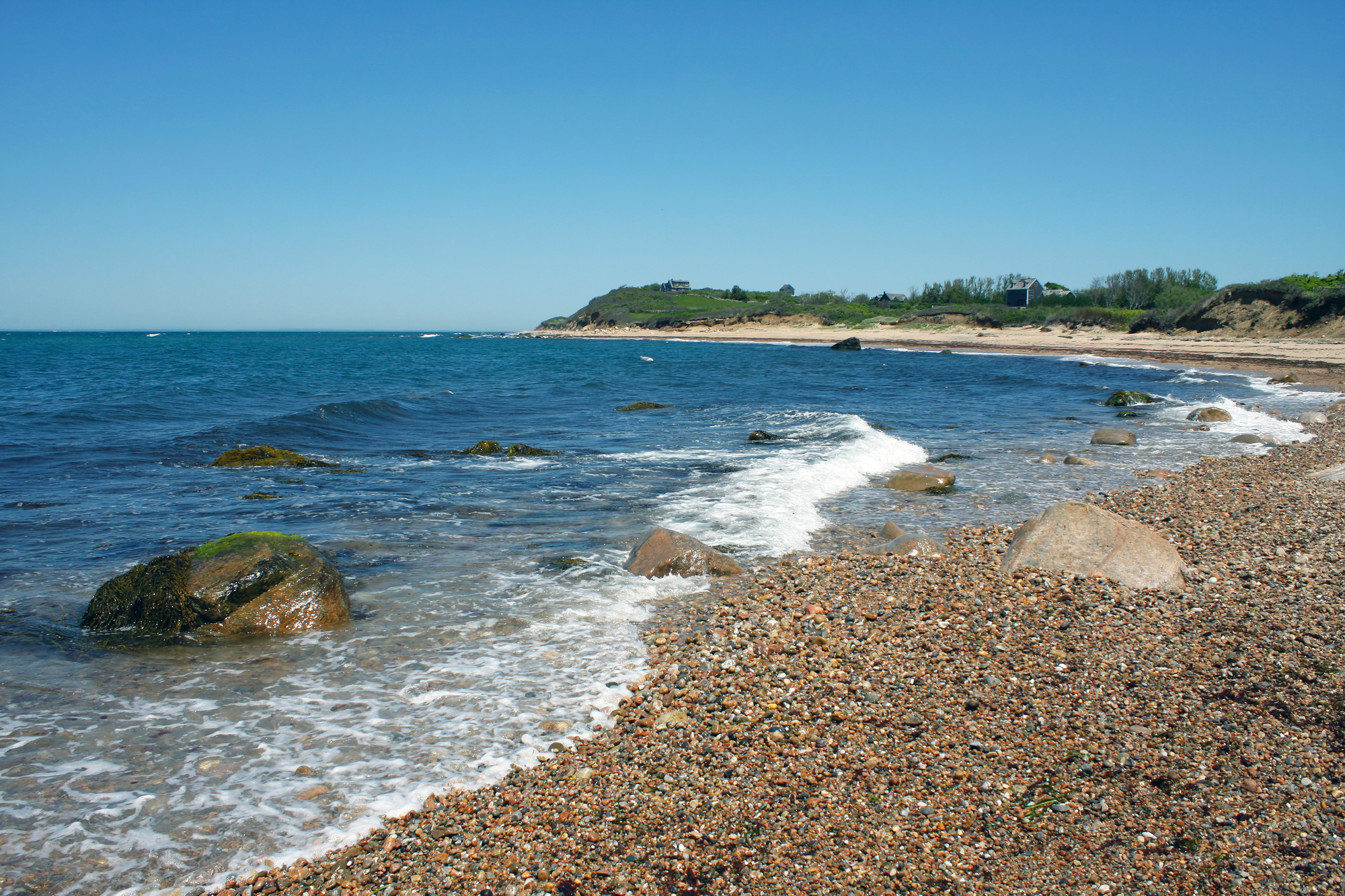
These twenty coastal communities offer glimpses of authentic maritime culture, which is increasingly difficult to find along America’s 95,000 miles of shoreline. While development pressure threatens even these relative secrets, their distance from major population centers, commitment to working waterfronts, or geographic constraints have helped preserve distinctive local character that vanished generations ago from more accessible coastal regions.
For travelers willing to venture beyond crowded boardwalks and high-rise hotel districts, these towns provide opportunities to experience coastal America as it once was—connected to the water through work and tradition rather than merely using it as a recreational backdrop.
More from Travel Pug

- Cities Growing so Fast You Won’t Recognize Them in 10 Years
- 13 Destinations Where Tourists Regularly Regret Their Trip
- 16 U.S. Cities That Are Quietly Becoming Travel Hotspots
- Where to Travel If You Love Long Bus Rides and Daydreams
- 20 Cities Perfect for Solo Travelers Who Crave Adventure & Culture
Like Travel Pug’s content? Follow us on MSN.
